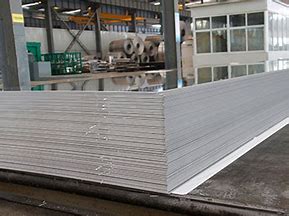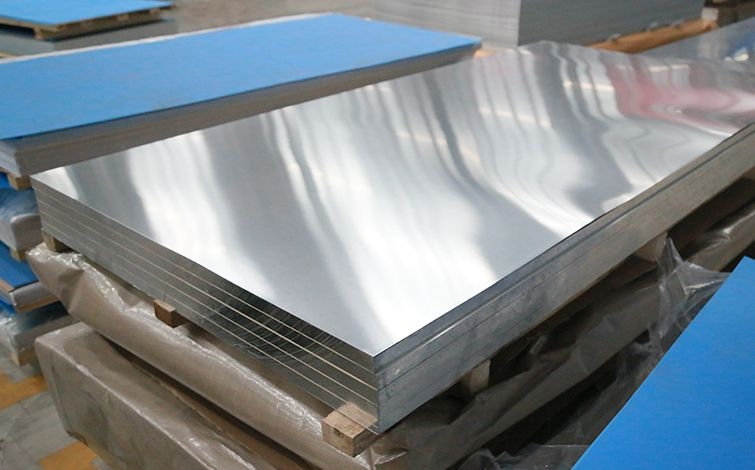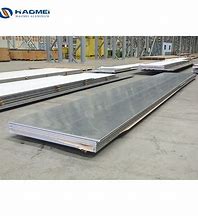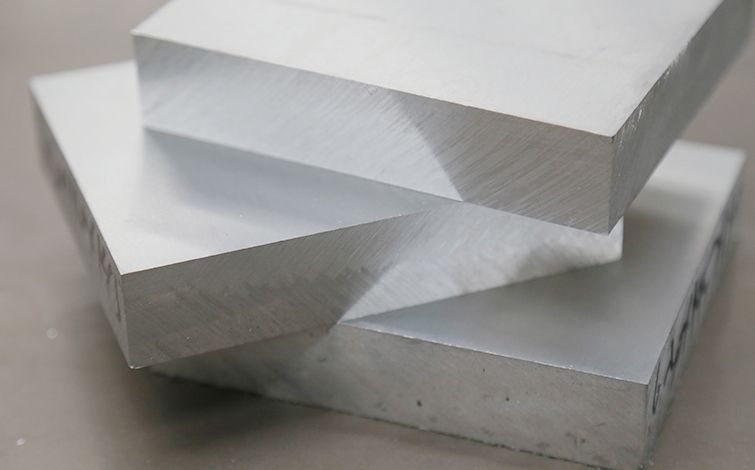



Today let's talk about the influence of aluminium alloy structure on anodising. As far as the aluminium alloy itself is concerned, apart from the chemical composition, the major influence on the quality of the anodising process is the structure. The structure is determined by the processing, so the entire production process from casting to forming must take into account the quality requirements of the final product surface.
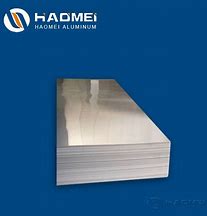
1. Metallurgical changes in the melting and homogenisation process
1.1 Melting and casting
Aluminium forms a dendritic structure during the casting process, the size of which depends on the solidification speed. Fine columnar crystals are formed too quickly by cooling, and there is usually a layer of columnar crystal edge areas near the ingot surface, with coarse dendrites growing from the crystalliser wall towards the ingot interior. During extrusion the coarse dendrites of the ingot leave streaks on the profile. This means that the structural differences caused by the different solidification rates cannot be completely eliminated in the subsequent processing. The casting process should therefore take full account of the structural homogeneity in the cross-section of the ingot and for this reason hot-top casting and electromagnetic casting come into being.
1.2 Ingot homogenisation
The dispersion of these second phase masses is directly related to the grain size, with fine grains producing fine masses. The segregation of solute elements during the solidification of the melt causes an accumulation of alloying elements. The homogenisation process leads to a more homogeneous and consistent organisational structure, which results in a consistent performance of the final product.
2. Metallurgical changes during processing and forming
The larger primary phase plasmas, usually hard and brittle particles, are broken up by cold or hot forming processes and the broken plasmas fragments are redistributed. In fragmentation, the thickness of the plasmas is generally unchanged, while the length of the fragments is reduced to twice the thickness. It can be seen that the significance of the fine cell structure lies in the fact that the primary phase plasmas themselves are correspondingly small and the processing and forming results in a more uniform distribution. The primary phase plasmas are located at grain and grain boundaries and extend as lines. The higher the deformation rate, the closer the lines are together and the smaller the number of plasmas per line. During extrusion the mocha between the billet surface and the extrusion barrel deforms the metal in a complex flow state. The surface of the extruded material is heavily populated with metal from inside the ingot, and at certain locations (depending on the size and shape of the die) significantly deviated material flows onto the surface of the extruded material, resulting in streaking after anodisation. In the case of extrusion, for example, many extrusion parameters are to be controlled during the extrusion process in order to obtain the best surface quality. These parameters include press residual length, billet temperature, extrusion barrel temperature, extrusion speed, die design and post-extrusion cooling intensity.
* Thank you for your inquiry. Please provide your business needs information so that we can better serve you.
This information can help us assign the most suitable person to solve your problem. We will give you feedback within 1-2 working days.
Related Blog
